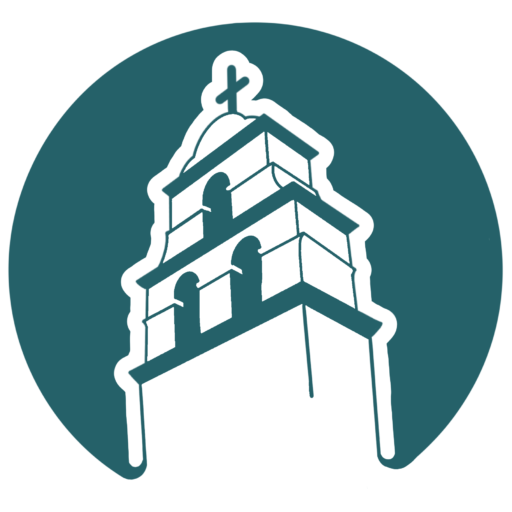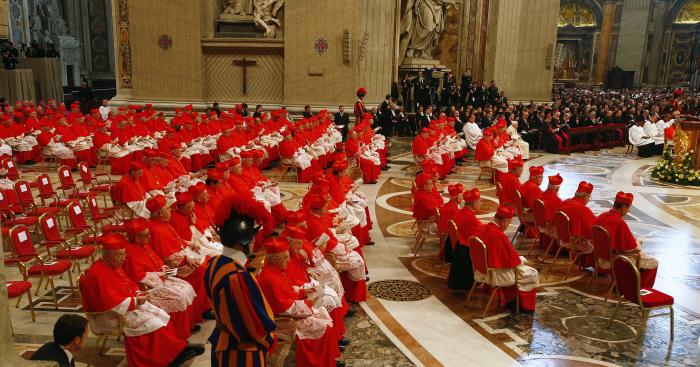A cardinal is a senior ecclesiastical leader and is usually also an ordained bishop. A cardinal’s duties include attending meetings of the College of Cardinals, making himself available to the Pope as requested, and many are also leaders of a diocese or archdiocese, or they may manage a department of the Roman Curia, the administrative department of the Catholic Church. Their other main job is to elect the pope when there is a vacancy. At the Vatican on February 12, 2015, 165 cardinals from around the world gathered two days early before the consistory ceremony in which Pope Francis was to create 20 new cardinals. The group discussed the possible overhaul and reform of the Curia and the Apostolic Constitution. The aim of the reforms are to guarantee a more efficient form of service by the Vatican, both to the universal church and to bishops’ conferences around the world. As part of Pope Francis’ broad
reform program, a spokesman announced that the Pope’s council of cardinal advisers has floated the idea of creating two new super-departments in the Vatican – one for charity, justice, and peace, and another for the laity and the family. Those two new entities would absorb the functions of at least six current Vatican offices. The mechanics of making such a consolidation was not presented at the gathering. Another idea discussed was the including of lay people at the highest level of Church governance. Vatican financial reforms and reforms to combat clergy sexual abuse were discussed. The proposal to allow divorced and civilly remarried Catholics to receive Communion was presented. The jury is still out on how far the proposed reforms will be carried. On Saturday, February 14, 2015, at a ceremony in St. Peter’s Basilica, Pope Francis appointed 20 new cardinals, thereby expanding the ranks of those that will elect his successor. The 20 include pastors like him who minister to the poor and come from far-flung, often overlooked dioceses. They include Cardinal Soane Patita Paini Mafi of Tonga, a tiny island state in the middle of the Pacific Ocean that is on the front lines of global warming. Another is Cardinal Francesco Montenegro of Agrigento, Sicily, whose church which extends to the island of Lampedusa has coped with the arrival of tens of thousands of
migrants over the years. And there’s the archbishop of David, Panama, Cardinal Jose Luis Lacunza Maestrojuan, who works with indigenous peoples to protect them from mining interests. Pope Francis’ choice of new cardinals not only reflects his reaching out to local churches, but also his desire to bring the voice of peripheral churches to the heart of the Vatican. Francis gave the 20 cardinals their new red hats and immediately delivered a tough-love message, telling them to put aside their pride, jealousy and self-interest and instead exercise charity. Retired Pope Benedict XVI attended the ceremony, making it a unique blending of popes past, present and future..
Sources: News.VA, Cruxnow.

